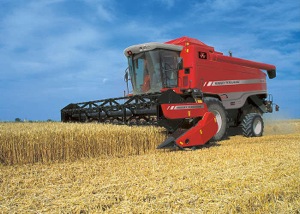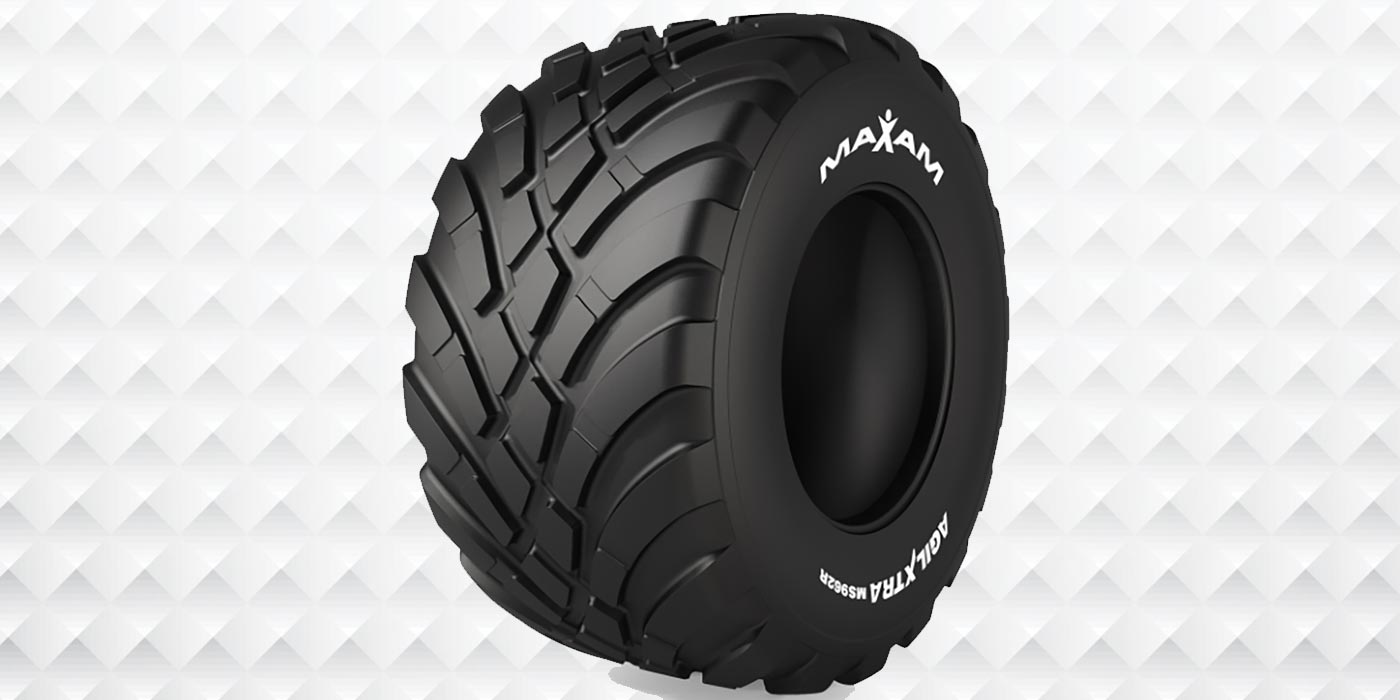 In 1989, author Stephen Covey wrote a self-help and motivational book called “The Seven Habits of Highly Effective People.” In the book, Covey uncovers what he calls “true north” principles that are universal among some of the most successful and effective people in the world.
In 1989, author Stephen Covey wrote a self-help and motivational book called “The Seven Habits of Highly Effective People.” In the book, Covey uncovers what he calls “true north” principles that are universal among some of the most successful and effective people in the world.
During his presidency, Bill Clinton was so impressed by the theories put forth in the book that he invited Covey to Camp David to consult with him on how to incorporate those principles into his leadership of the country. All political opinions aside, an invitation to consult with the leader of the free world is a good indication that you’re onto something pretty extraordinary.
Business can be complicated and life can get downright tough sometimes. It’s easy to get caught up in the mix and lose your way. In his book, Covey talks about how these true north principles guide us in the right direction when things get rough.
In my previous article (March 2013), I discussed the importance of creating your mission statement and focusing your vision on what’s most important to you. It is these true north principles that allow us to take a step back from our business and evaluate what’s most important to us.
In many ways, those seven principles translate well into the agricultural and tire industries. Oftentimes, we forget to take a step back, evaluate our own true north principles, and make changes to ourselves, to our business, and to the way we treat those around us.
In this article, we’ll take a look at Covey’s seven primary philosophies and talk about how we can incorporate those principles into our businessess.
Be Proactive
Covey’s first principle tells us to take personal responsibility for our choices and how they affect our successes in life. Translated for the tire business and put very simply: Profitability is personal. Hard work is a prerequisite to success and working smart may help you to get ahead of the competition, but it isn’t until we fully embrace personal responsibility that we will truly achieve effectiveness and success in life (happiness) and in business (profitability).
If not for us, who’s going to make sure our service trucks are ready to spring to action in the middle of the night when a farmer’s tractor is stopped dead in the field during harvest season? Who’s going to make sure the doors are open bright and early for our first customers of the day and the lights are on at night for those last-minute evening tire emergencies? The point is that nobody owes us anything. We determine our own success and effectiveness. And in this way, success and profitability are very personal.
Begin With the End in Mind
If the end goal is to offer the absolute best in-field service around, the objective is to create a memorable customer service experience. That true north principle must be at the heart of every decision we make that leads us to that point, from the on-boarding process of new employees and making sure every customer is greeted by a friendly, professional voice on the phone to making sure the service department is properly staffed and inventory is properly stocked. A compelling focus on creating a truly memorable customer service experience must be at the very core of every single decision we make.
How many times have you heard the phrase “The customer is always right”? My guess is more times than you care to remember. But is the customer always right? Absolutely not.
But you know what else? It doesn’t matter. Never before has the customer had more options. Today’s tire buyer has more options to choose from – and (most importantly) more places from which to buy. Although the customer may not always be right, you’d better do your best to make that customer feel special. You want your customer to walk out the door with a warm, fuzzy feeling inside, knowing that nobody else is willing or able to take better care of them.
You may have to give away a couple of oil changes and eat a couple of tires that were clearly damaged by the customer, but you’ll make far more lifelong customers by making sure they are “taken care of.”
Put First Things First
Imagine a football team running onto the field for a big game without a game plan or a baseball team taking the field without bothering to put together a lineup. Now imagine opening up your doors first thing on Monday morning without having your own game plan for the week.
When your business is in full swing – your techs are wrenching and your field service guys are mounting new rubber – it’s already too late to put together your game plan for the week. Preparation goes a long way and prioritizing your week by importance, rather than urgency, will propel you toward your goals.
An effective plan (and proper execution) not only will drive higher levels of customer service and profitability, but also will enhance your relationships with your employees, with your customers, and with your business partners and suppliers.
Think Win-Win
If you had the opportunity to ask some of the leaders of the tire industry, like Les Schwab or Bruce Halle (Discount Tire), what made the difference in their businesses, you might be surprised by what they’d say. It isn’t how efficient your bays are or even how many tires you sell each month, it’s people that make the difference.
Developing the right partnerships involves a lot more than simply finding the right tire distributor or parts supplier. Developing strategic partnerships involves fostering relationships at all levels. Whether it’s with your own managers, with a tire manufacturer or with your customers, people buy from people. It almost sounds too simple to be true, but I think it bears repeating: People buy from people.
Understand, Then be Understood
By taking the time and putting in the extra effort to be genuinely empathetic with your employees and your customers, they’ll be compelled to reciprocate. This helps to create a productive and positive work environ- ment.
When business is good, it can be tough to even come up for air, much less take the time to listen to every single little problem. But by taking the time and putting in the extra effort to show that you genuinely care about those around you, you’ll lead the way in shaping a positive and mutually beneficial workplace.
Synergize
It’s often been said that the customer is the most important person in your business, and there’s quite a bit of truth to that. Ultimately, it’s your customers that are going to keep the lights turned on and food on the table.
But how can you make sure your customers are being taken care of properly without first taking care of your own people? Answer: You can’t.
One of the best slogans I’ve ever read was on the side of a 53-foot semi-trailer. You may have noticed it yourself while driving down the road. It reads: “The Most Important Person in Our Business Sits 30 Feet Ahead.”
Although all of the company’s employees are important – from those who load the trailers, the logistics team and even those on the chief executive’s team – leadership is the first to admit they have jobs because of the front line people.
Are you properly taking care of your front line people? Are your employees engaged? Are they committed to your mission statement? Or do they come in to work in the morning and go through the motions all day?
Sharpen the Saw
Arguably the single most important function any successful leader or manager serves is to provide their team with the necessary resources to get the job done the right way the first time. That may mean having the right safety equipment and training, or keeping the right products in stock, or empowering your salespeople to take care of the customer – no matter what.
The bottom line is this: The success of any great organization is in direct correlation with its leader’s willingness to invest in his or her team.
Take a mental inventory of your business:
• Do your people feel empowered to take care of the customer?
• Are your people well-trained with the latest equipment?
• Do you have the right tires and parts in stock?
Ultimately, you’re really asking whether your team has the right resources to get the job done correctly.
Invest in your business and in your people and it will pay dividends in the form of engaged and well-trained employees, more repeat business, and a genuine mutual respect between your customers, your employees and your business.













